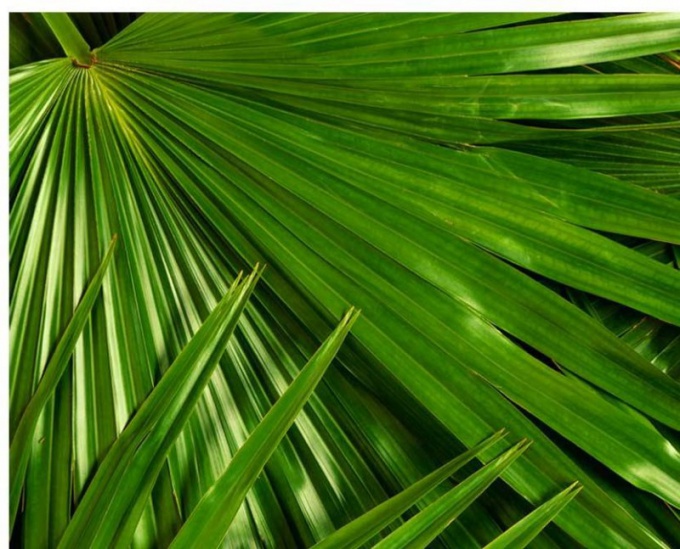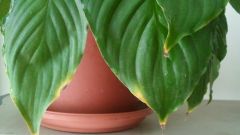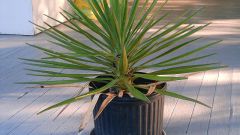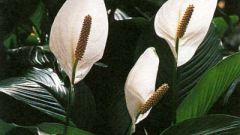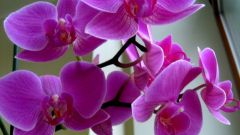The most common cause of yellowing is a violation of watering or some sort of problem with the root system. If you last made a change to your palms many years ago, it is possible that the leaf colour change – a signal for help. Indeed, over time the plant becomes crowded in the small pot, the roots take up almost all free space and suffer from lack of moisture and nutrients. No matter how hard you try to improve the situation by regular fertilizing and watering – all in vain. The fact that over time the soil in the pot is exhausted and also needs full or partial replacement. If your palm is under three years of age, you must replant every year. If she's five or more – valid transplant every three years.
And how do you water your beauty? Once a week or a little rare, but abundant? For palm is of great importance uniform moistening of the entire soil ball, so if you decide to water, do it properly. Frequent but small introduction of liquid moistened the soil to the surface, leaving the main roots without access to water. But it is important to observe a measure and to fill the unhappy plant to soil rot. Remember that an excessive amount of moisture out of the ground displaces the air, making it heavy and unsuitable for plants.
Pay attention to what the leaves turn yellow. If misfortune happened with the entire plant, probably lacks nutrients. Feed your palm with complex mineral fertilizer, which is necessarily present nitrogen and phosphorus. If you see that the lower leaves turn yellow, this may be normal age-related changes, which promises absolutely nothing. Trees with age, gradually turn yellow and die off of lower leaves, but the stem becomes more robust, tall and handsome. To determine whether the yellowing of age or not, can sometimes only an experienced specialist, so don't forget about regular feeding. In any case, the damage from your palm will not.
On hot days in summer and winter when the air is parched Central heating, palm trees require spraying. If you notice that the tips of the leaves regularly turn yellow and then die off is a symptom of lack of moisture. Do not forget twice a day to spray the palm with fine spray or wipe it with a damp sponge. Also in the summer be sure to earthen room was constantly damp.
Remember that the yellowing may be caused by pest, so inspect the leaves for presence of spider mites or scale insects and, if necessary, guide appropriate treatment. Following these simple care tips, you will be able to restore the natural color of your palm and enjoy its unusual beauty, and tropical luxury.
